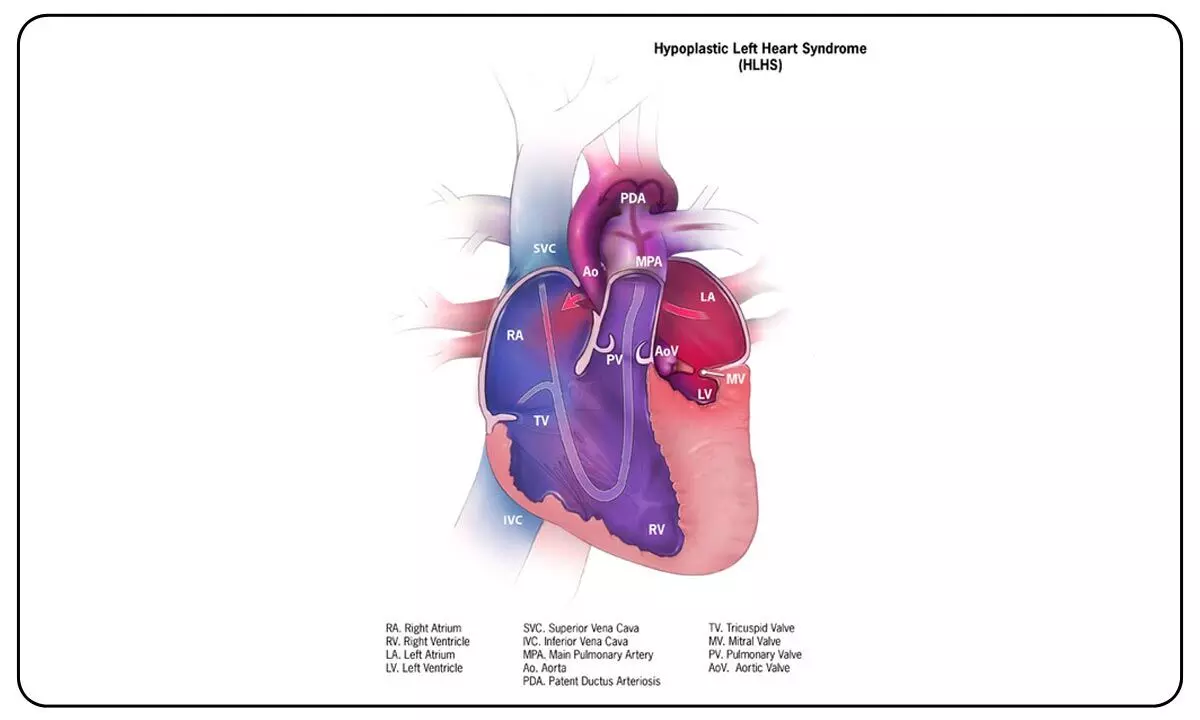Study finds new genes that may contribute to congenital heart diseases
Share :

Researchers have found new genes that contribute to hypoplastic left heart syndrome (HLHS), a rare, life-threatening heart disease that occurs in infants.
New York: Researchers have found new genes that contribute to hypoplastic left heart syndrome (HLHS), a rare, life-threatening heart disease that occurs in infants.
In babies with HLHS, the left side of the heart (left ventricle) is underdeveloped and unable to pump oxygenated blood to the rest of the body.
The US Centers for Disease Control and Prevention estimates that each year about 1,025 babies in the US are born with HLHS, and it accounts for about 2-4 per cent of all congenital heart defects.
Though rare, HLHS is extremely dangerous -- it is nearly always fatal without multiple open-heart surgeries.
Genetics is thought to be a major driver of HLHS, but the specific genes involved have remained a mystery.
The findings, published in the journal eLife, bring scientists one step closer to unravelling the biology of this complex disease.
“Every case of HLHS is unique because there are many different things that can go wrong during the early development of the heart,” said Rolf Bodmer, director of the Center for Genetic Disorders and Aging Research at Sanford Burnham Prebys in the US.
“If we’re able to uncover what drives this disease biologically, it may be possible to one day prevent the disease or reduce complications for people living with it,” he added.
In the study, the researchers sequenced the genomes of 183 people with HLHS and their parents, including a family in which the parents were genetically related to each other.
Focusing on this family helped the researchers narrow their search to a few key genes.
Next, the researchers performed genetic experiments on fruit fly hearts that are built with genes similar to those found in human hearts. They found that blocking the activity of these genes in flies interfered with their heart’s ability to contract, leading to significant heart defects.
“While more research will be needed to explore precisely how these genes result in heart defects, one hypothesis is that because certain gene variants make it harder for the heart to contract, blood can’t flow as easily to the left side of the heart, thus compromising its proper formation,” Bodmer said.
“This could lead to the types of abnormalities seen in HLHS.”
While the researchers identified genes that can contribute to HLHS, they caution that it is unlikely they will find a single gene implicated in the disease in all cases.
















